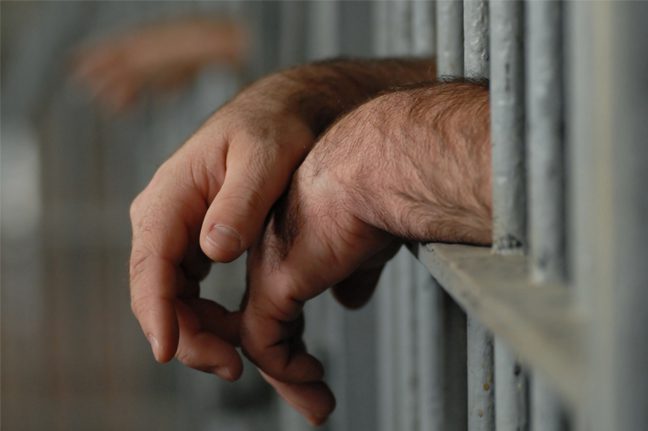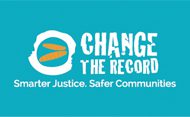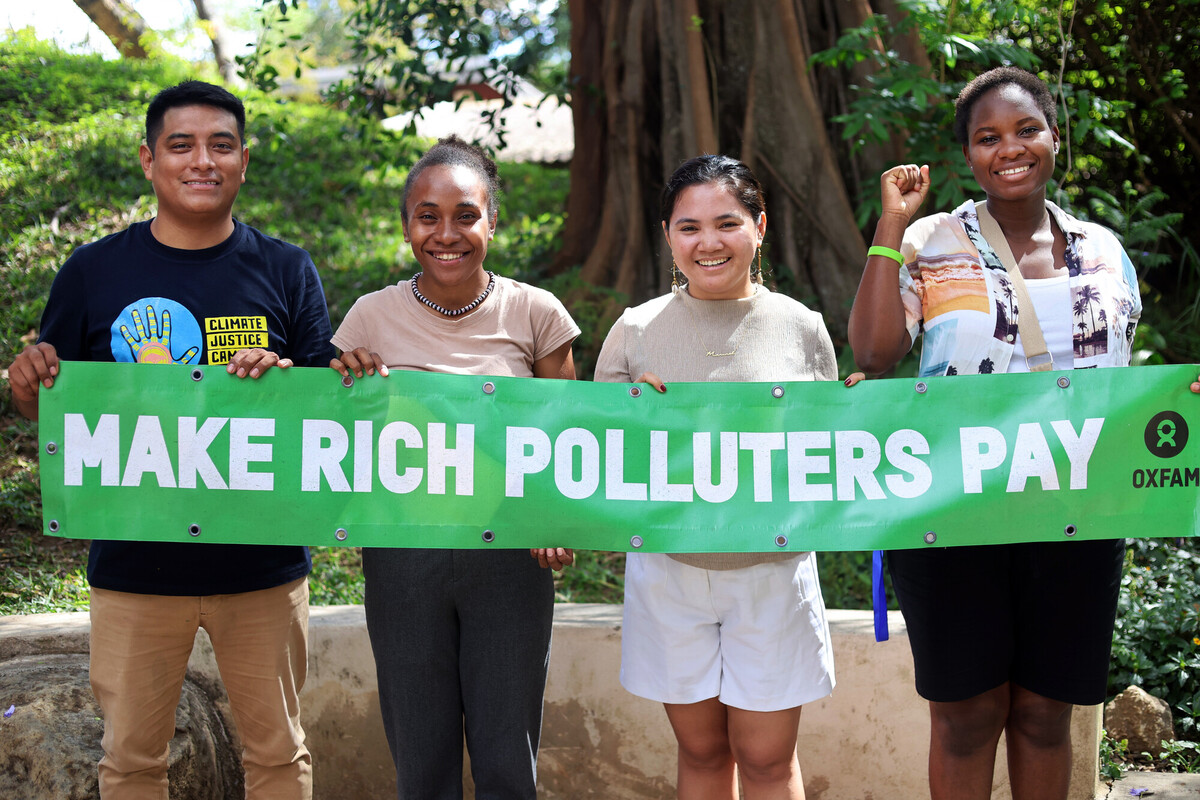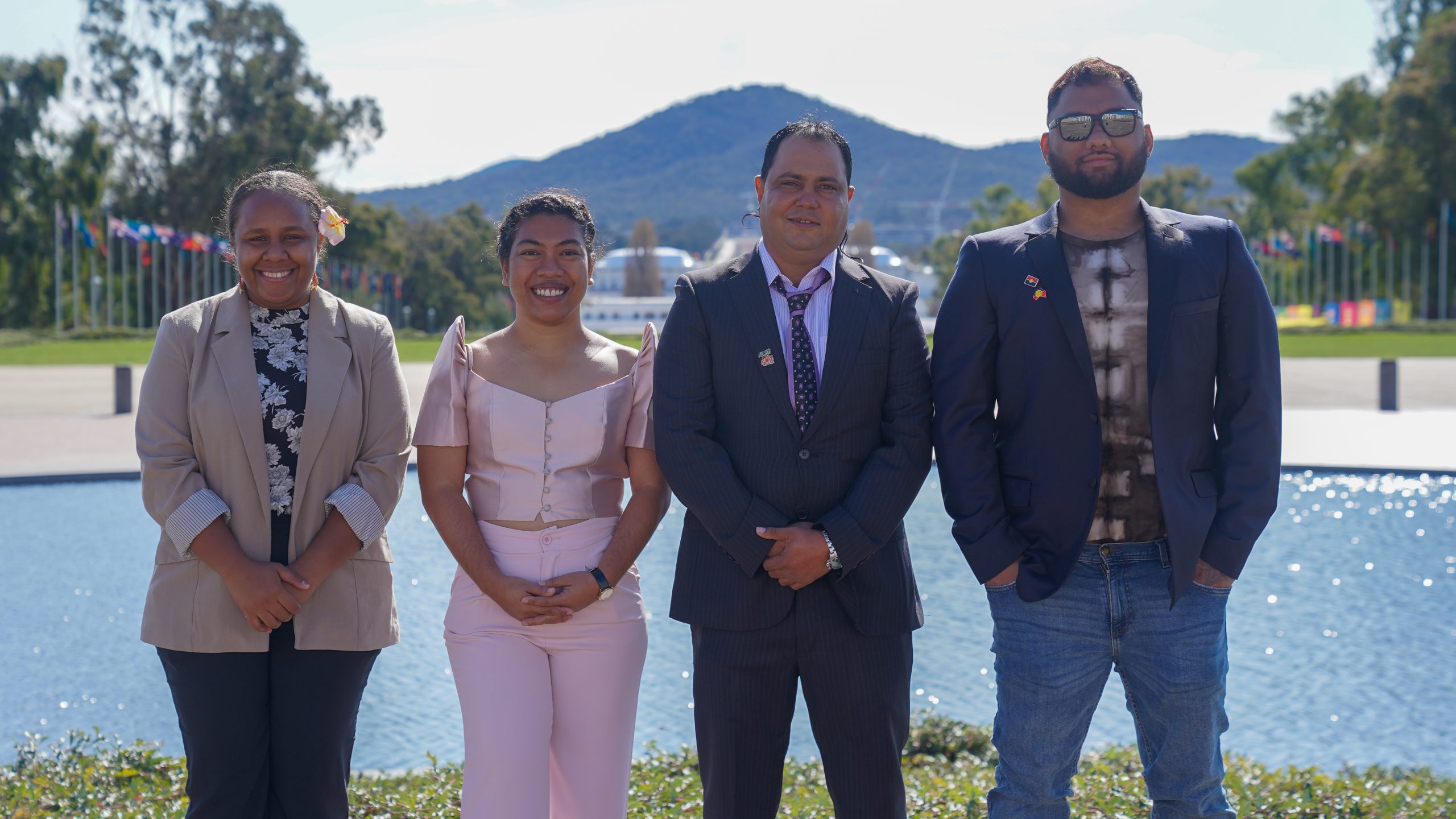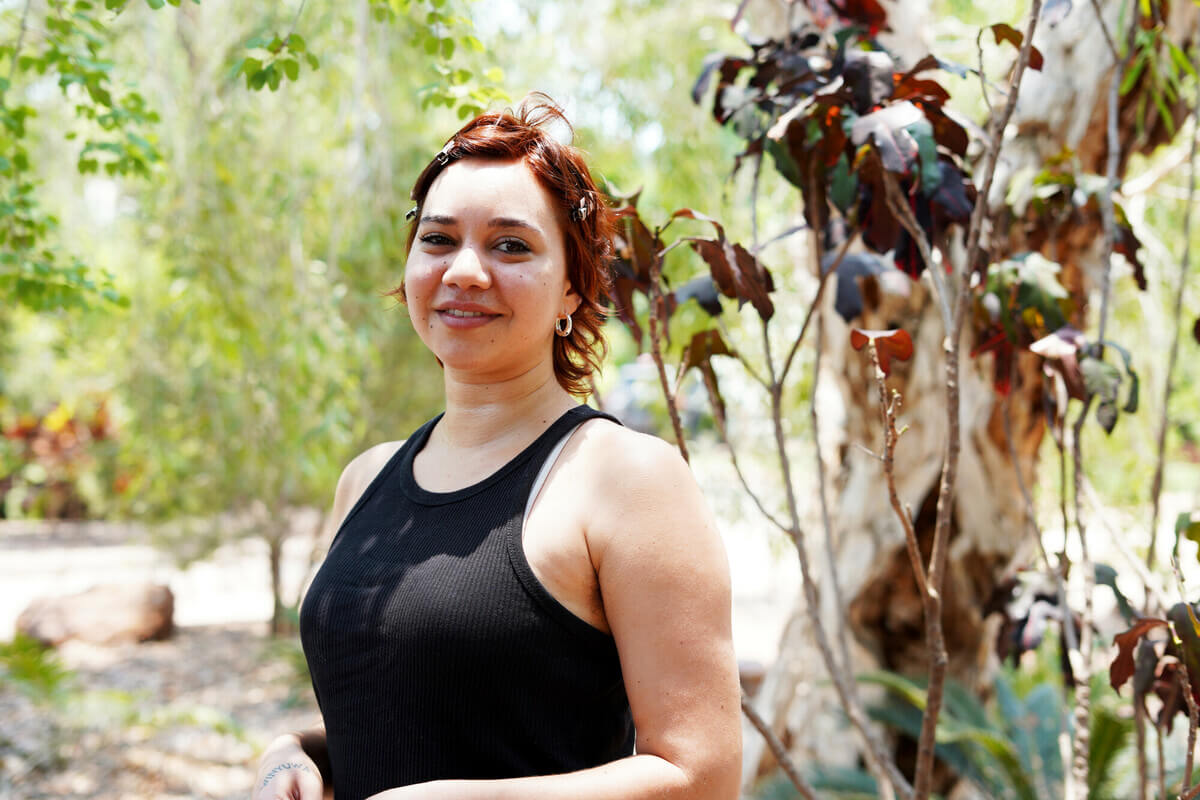By Shane Duffy, Chair, NATSILS and Kirstie Parker, National Congress of Australia’s First People
This month marks the 24th anniversary of the tabling of the Royal Commission into Aboriginal Deaths in Custody report in federal parliament. Next year the report will be a generation old. We should reflect on what has been done to change the landscape of the criminal justice system for Aboriginal and Torres Strait Islander people.
The short answer? Not enough. Today, the nation faces an even deeper crisis than that interrogated by the commission in 1991.
The commission investigated 99 particular Aboriginal deaths in custody and the reasons so many Aboriginal and Torres Strait Islander people were in custody. It explored the social determinants of incarceration, and found that decades of disadvantage, oppression and a fundamentally culturally inappropriate — and at times — racist justice system were the major contributors.
The inquiry’s report made 339 recommendations. While the past 24 years have encompassed a generation of promise and incremental successes, there have been some fundamental failures as well.
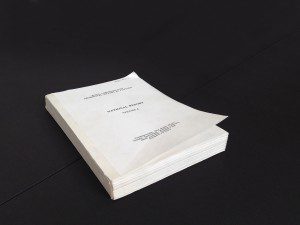
Here are the sobering statistics. In the past 10 years, there has been a 57% increase in the number of Aboriginal and Torres Strait Islander people ending up in prison. Aboriginal and Torres Strait Islander people are now 13 times likelier to be imprisoned than non-indigenous people. Aboriginal and Torres Strait Islander people account for 28% of all Australian prisoners, and things are even worse for our young people, who account for about half of all Australian youth detainees.
Our people are also twice as likely to be victims of violence, and that rate is increasing — especially for our women and children. In 2012–13, the rate at which Aboriginal and Torres Strait Islander women were hospitalised as a result of family violence was 34.2 times that of non-indigenous women. We cannot talk about incarceration rates in isolation from violence, or vice versa. When lives hang in the balance, we’ve got to be better than that.
We believe that with investment in early intervention, and prevention and diversion strategies to address the root causes and help break the cycle of contact with the criminal justice system, we can reduce incarceration and violence rates. But it will take a concerted effort by communities, organisations and governments — an effort that lives on beyond election cycles.
Aboriginal and Torres Strait Islander people know the issues intimately — we live them every day — and how they can start to be addressed, but we can’t do it alone. We ask all Australians to walk with us, to help change the record.
It will take a concerted effort by communities, organisations and governments to Change the Record — an effort that lives on beyond election cycles.
We welcome the decision by the government to restore funding to Aboriginal and Torres Strait Islander Legal Services — after it had announced in December 2013 $43 million in cuts to the sector over four years — but caution that we need not only to maintain funding levels but to increase and improve the investment in justice, health, welfare and social services.
We highlight recommendation 188 of the royal commission, which said governments should ensure policy and program delivery for Aboriginal and Torres Strait Islander people is framed by the principle of self-determination. This is integral to any success we will ever achieve.
There is goodwill; the 200,000 people who support the Close the Gap campaign attest to this. But, clearly, the record is stuck and we need to change it, quick.
It’s time to Change the Record on Indigenous incarceration
